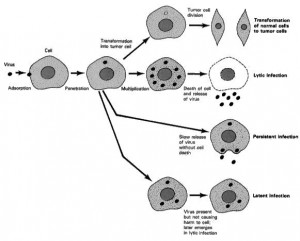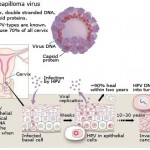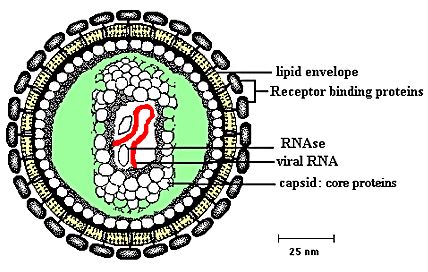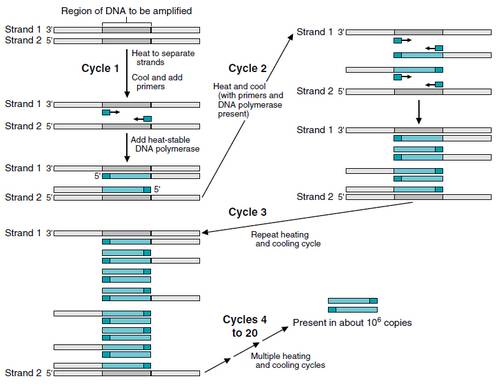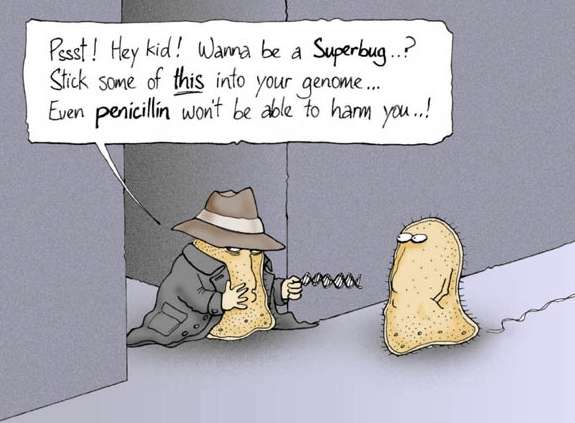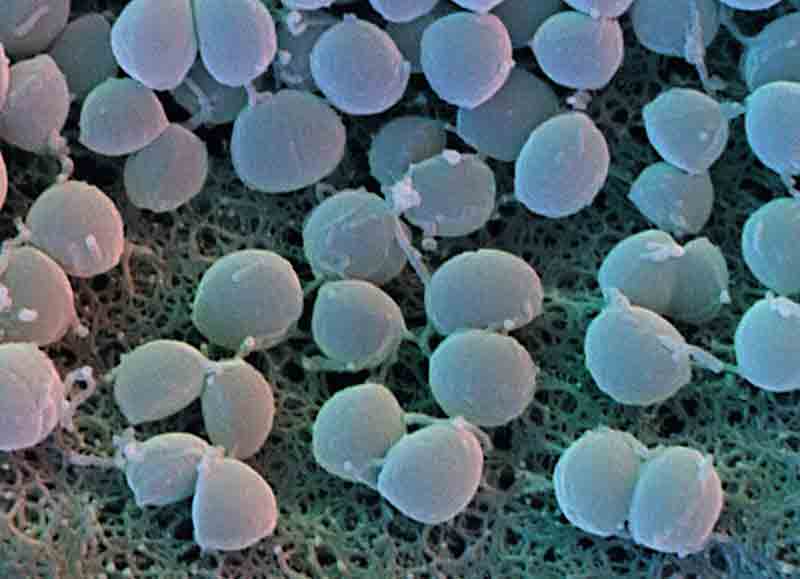Human oncogenic viruses and cancer
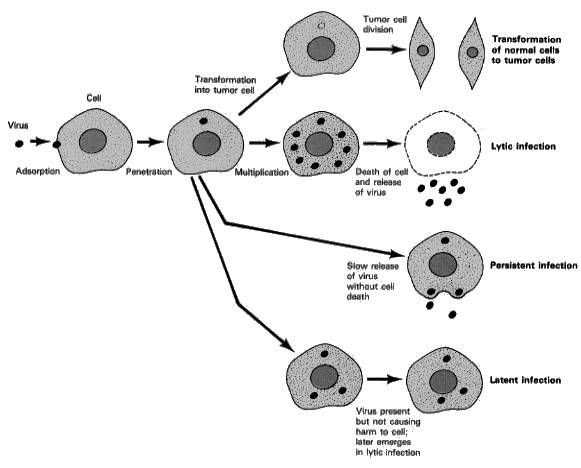
Genes that are involved in the control of normal cell proliferation can be classified as:
- Proliferative genes: Proto-oncogenes; mutated proto-oncogenes may become oncogenes.
- Antiproliferative or tumour-suppressor genes: act to suppress cell proliferation.
Tumour cells also can arise by non-genetic means through the actions of specific tumour viruses called oncogenic virus or oncovirus.
There are two classes of tumor viruses:
- Oncogenic DNA viruses
- Oncogenic RNA viruses (retroviruses)
Oncogenic DNA viruses:
| Virus | Disease | Cancer |
| Papovaviridae
Papillomavirus |
Warts, including genital warts | Cervical, penile, vulvar cancer
Oropharyngeal, laryngeal carcinoma |
| Herpesviridae
Epstein-Barr virus (EBV) |
Infectious mononucleosis | Burkitt’s lymphoma
Nasopharyngeal carcinoma ??Hodgkin’s disease |
| Hepadnavirus | Hepatitis B | Liver cancer (hepatocellular carcinoma) |
| Adenoviridae | Acute respiratory disease; Common cold | Adenocarcinomas (cancer of glandular epithelial tissues) |
| HHV 8
(Kaposi’s Sarcoma Herpes virus) |
Multicentric Castleman’s Disease | Kaposi’s sarcoma |
Mechanism:
Cellular transformation by DNA tumour viruses in most cases has been shown to be the result of protein protein interaction. Proteins encoded by the DNA tumour viruses, termed tumour antigens (T antigens), can interact with cellular proteins. This interaction effectively sequesters the cellular proteins away from their normal functional locations within the cell. The predominant types of protein sequestered by viral T antigens have been shown to be of the tumour-suppressor type. It is the loss of their normal suppressor functions that results in cellular transformation.
Oncogenic RNA viruses:
Human T-lymphotropic virus (HTLV)
- HTLV-1
- HTLV-2
Disease: Tropical spastic paraparesis
Cancer: Adult T-cell leukemia, Lymphoma
Mechanism:
In the retroviruses, the viral RNA genome is first converted into DNA. During this processpart of the host genome may be incorporated into the viral genome (transduction). Should thathost genome include a proliferative gene, the transduced gene will confer a growth advantage tothe infected cell. Alternatively, the integration of a retrovirus genome into the host genome (arandom process) may place the powerful viral promoter region close to a host gene that encodesa growth-regulating protein. If the protein is expressed at an abnormally elevated level it canresult in cellular transformation. This is termed retroviral integration-induced transformation. It has been shown that HIV also induces certain forms of cancer in infected individuals by thisintegration induced-transformation process.

